









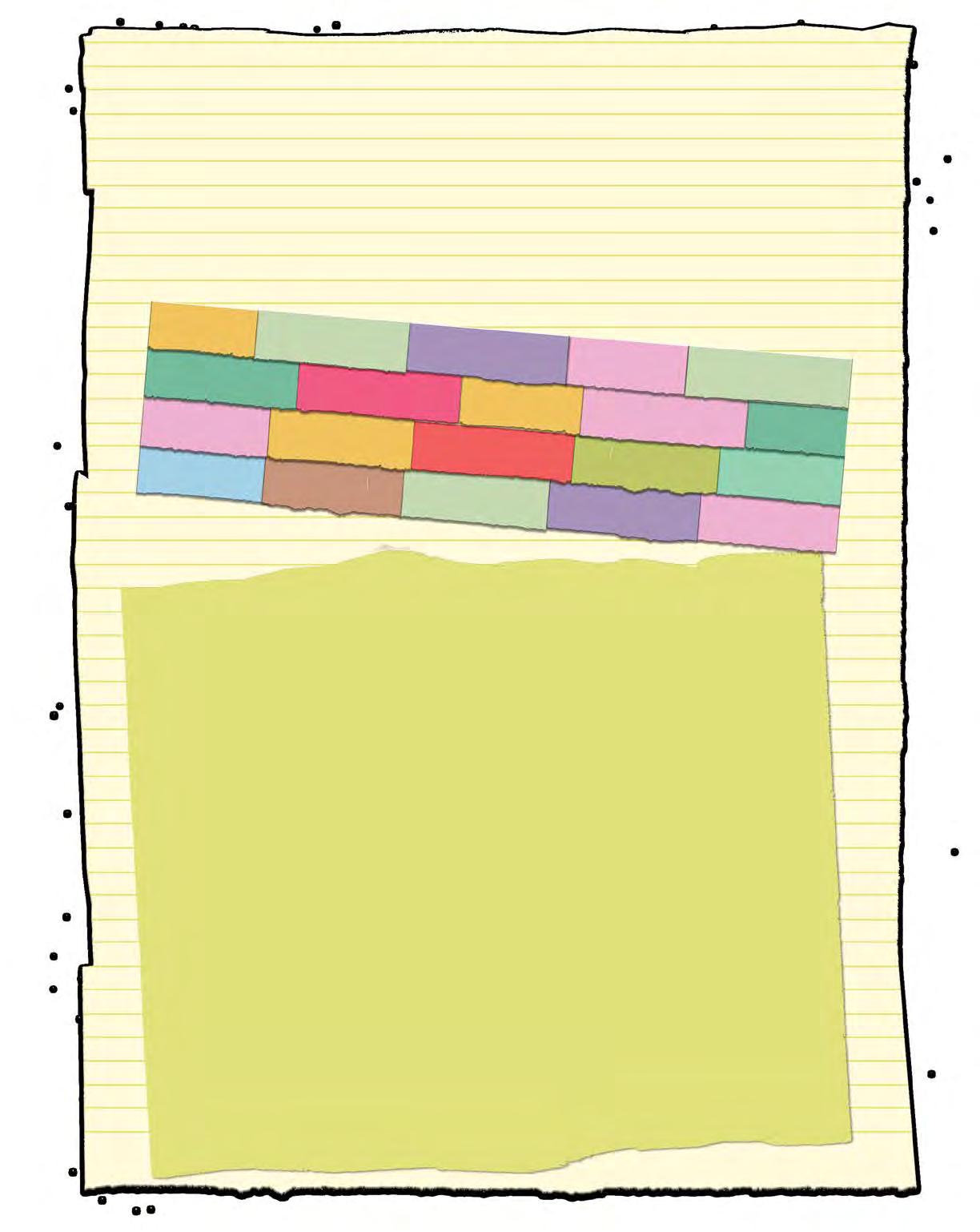



A former Diego Martin Central MP, Mr. Leo Des Vignes was shot during the 1990 attempted Coup. He died at the hospital.

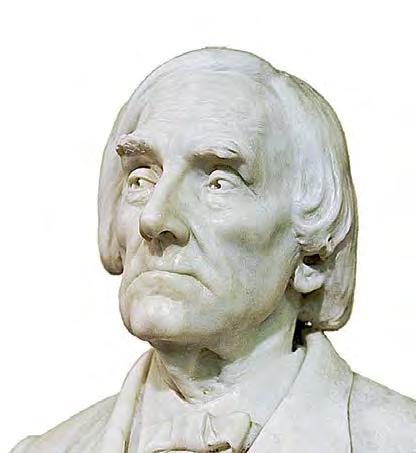


Member of the Legislative Council. First elected in 1925.
Longest serving Member of the Legislative Council.




are the collection of the permanent written rules adopted by the House or Senate to govern its proceedings.





is a sub-level created as part of the Red House Restoration project which was completed in January, 2020. In addition to being a reception area for persons entering the Red House, this area now hosts the Rotunda Art Gallery.


is the symbol of authority with which the Marshal of the Parliament is given. The Mace of the House is Silver and the Senate Gold.


in the House of Representatives Chamber is one of the most striking features in the Chamber. The decorations were made in England in panels, and shipped to Trinidad in crates. An Italian craftsman was sent here to install the ceiling.






pays tribute to the Trinidadian and Tobagonian men who died in battle in World War I (1914-1918).
are the halls in which the House of Representatives (House Chamber) and the Senate (Senate Chamber) meet to conduct their business.

is a monument which was originally constructed in the aftermath of the attempted coup d’état of July 27th 1990 and was located just outside the building on the Abercromby Street side of the Red House. As part of the renovations completed in 2020, the Eternal Flame was remodelled and moved to the Knox Street side of the Red House.




Etched into the marble of the eternal flame are the National Anthem of Trinidad and Tobago, the Oath of Allegiance, The Affirmation of the People and the names of those who died at the Red House during the uprising.
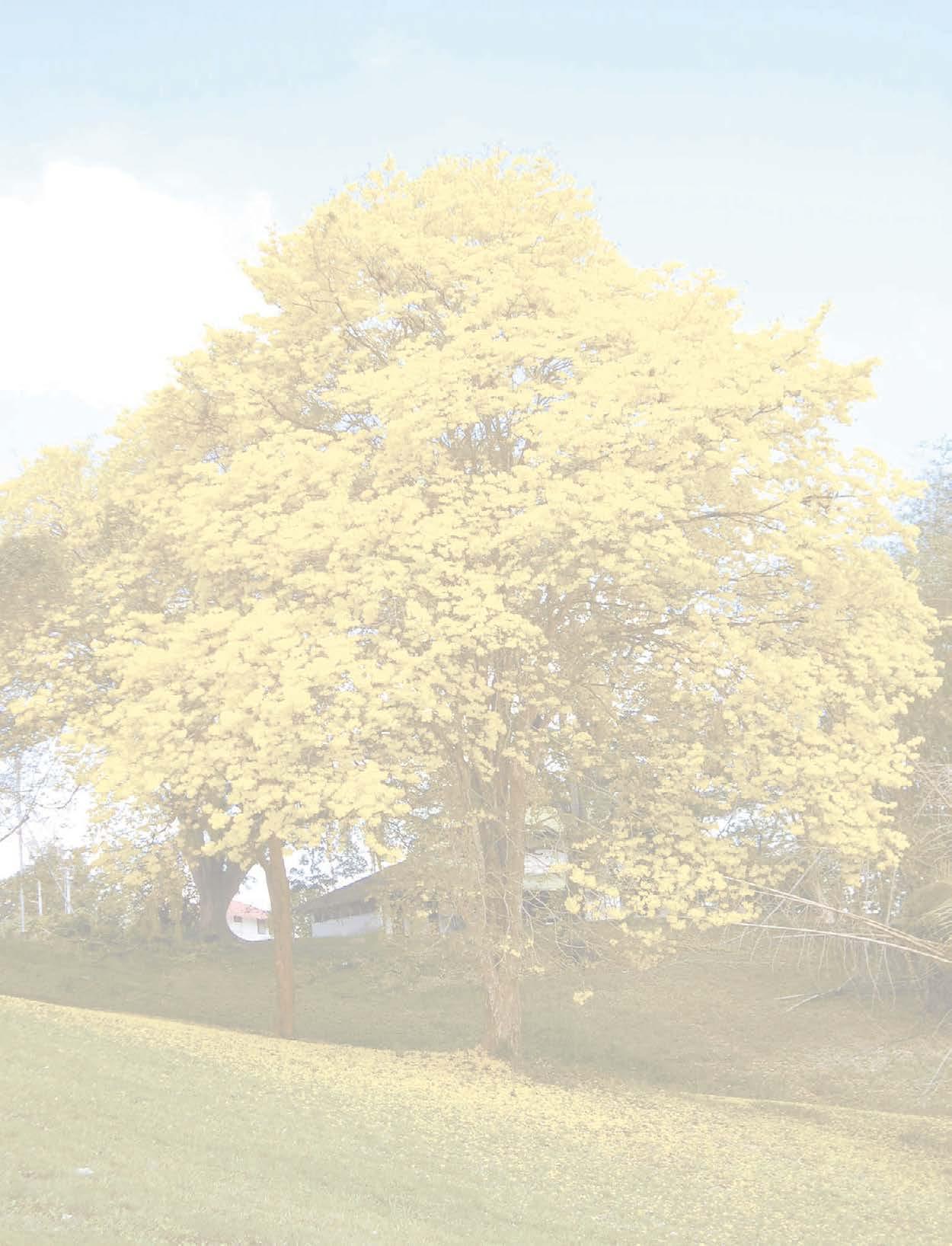
is the seat of Trinidad and Tobago’s democracy. The Red House is the home of our nation’s Parliament; this is the place where members of our two Chambers meet to legislate or pass laws.







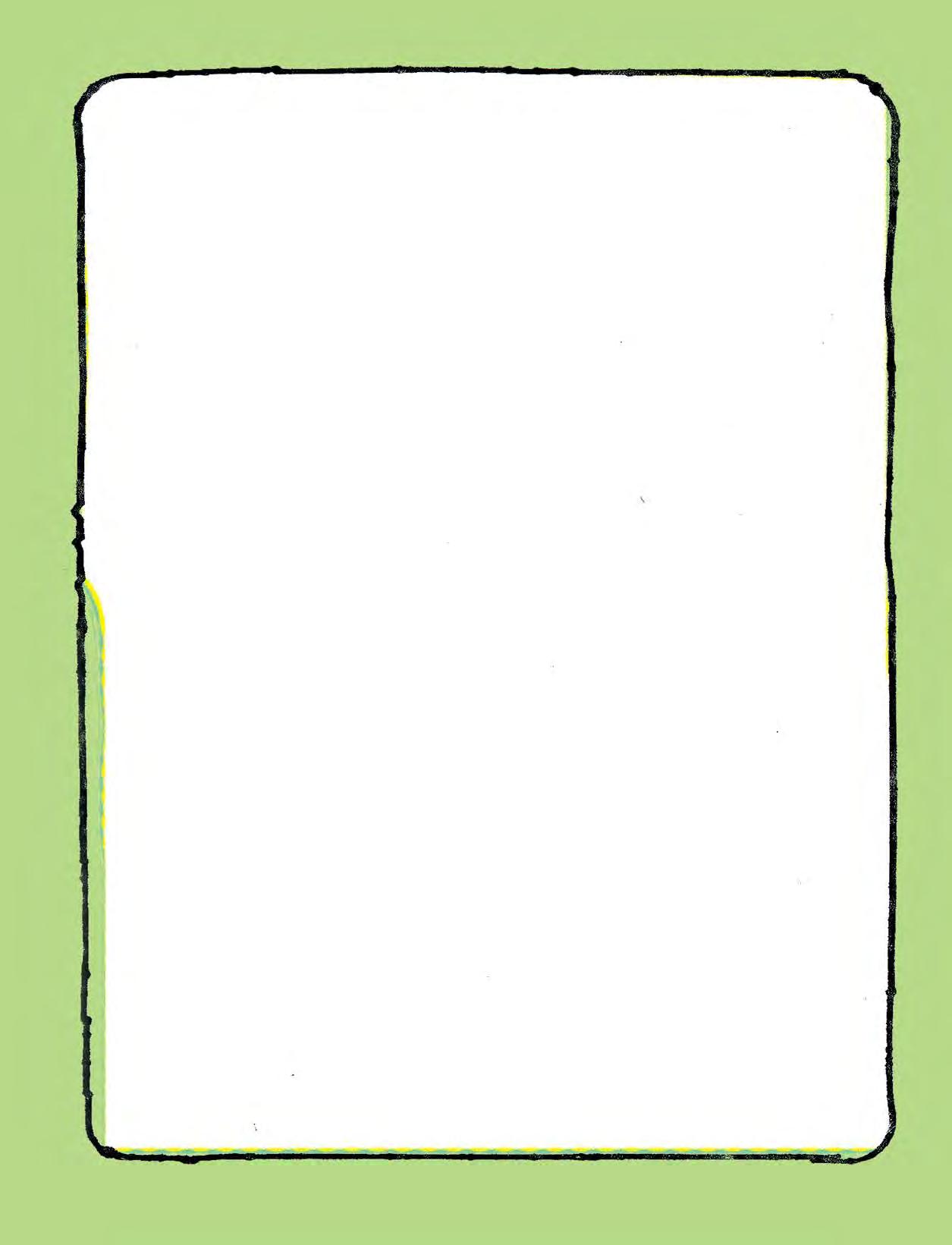
During excavation works at the Red House as part of the renovations, human bones and artefacts were unearthed. Bone samples, shells and other pieces of material were sent to the University of Florida, Brandon University of Canada and the Smithsonian Institute in Washington, D.C. for testing. The test results of the bone samples revealed that they belonged to people living in Trinidad during the period AD 220 to AD 1400. Two particular samples of shells tested showed that they were from the periods BC 5510 to 5330 and BC 4330 to 4130.
In honour of this discovery a site was designated along Knox Street where these bones and artefacts were re-interred. The spot where these items are buried is demarcated by a monument dedicated to the First Peoples of Trinidad and Tobago.
on which the Speaker of the House sits was a gift from the Government and the people of India.Lots of school children visit to learn about Parliament. Here are photos of some of our visitors….




















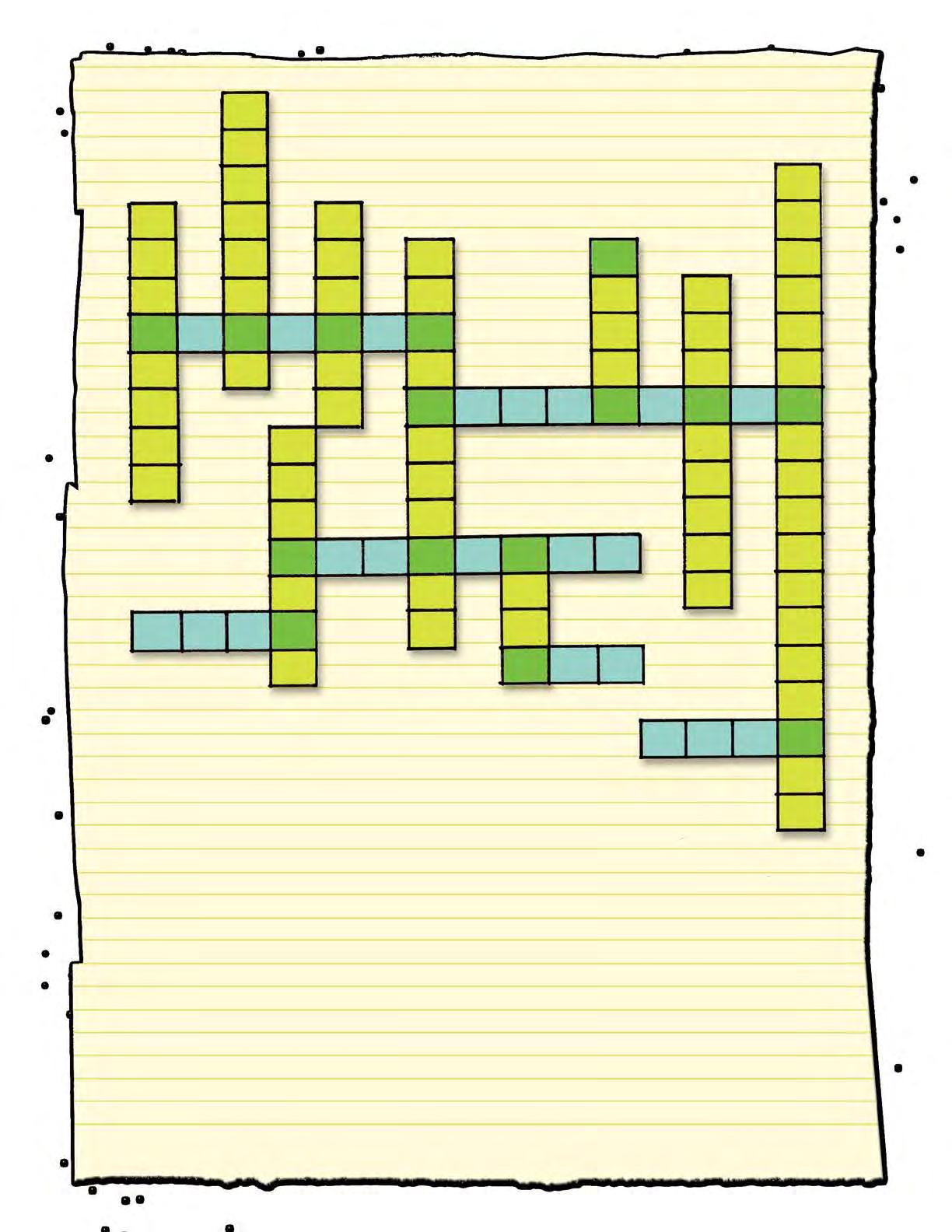

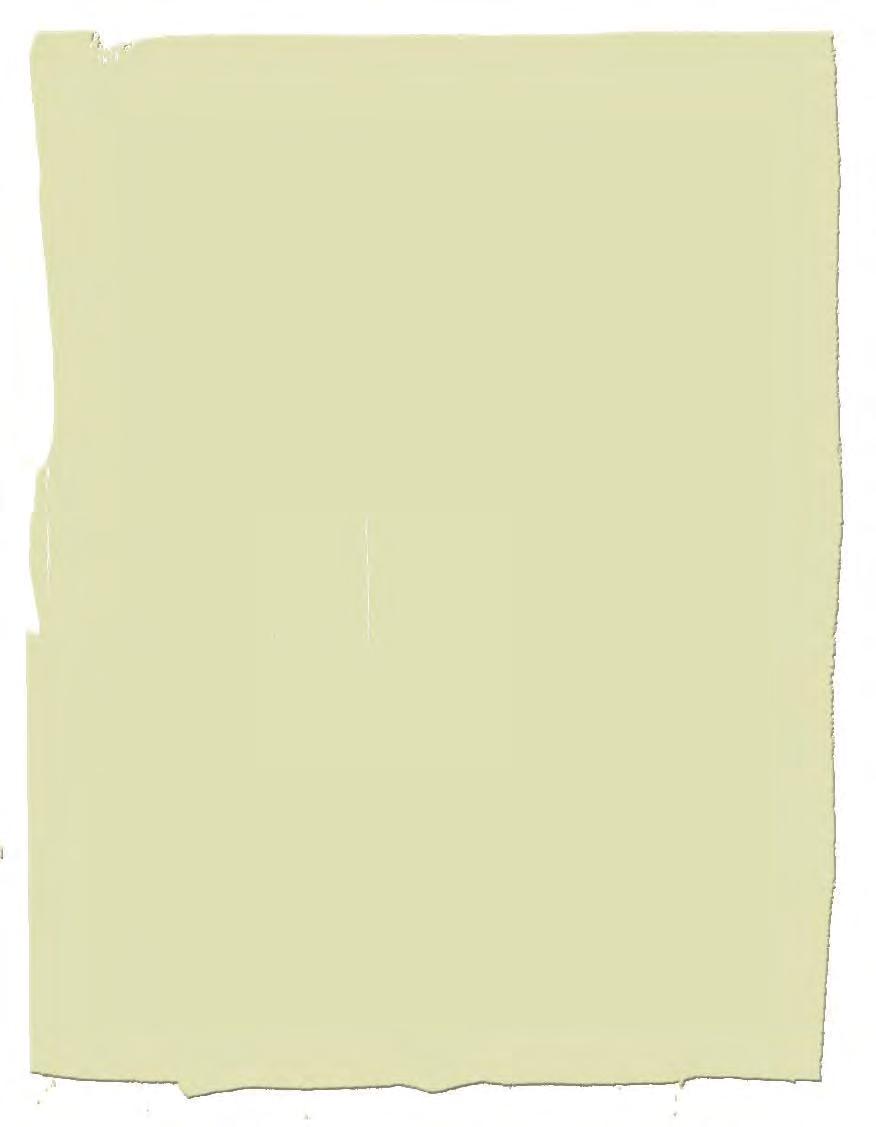
work directly with the Speaker and Members of the House of Representatives. I am also the Administrative head of the Office of the Parliament.
am the Minister responsible for managing the nation’s economy via developing and implementing creative policies.


Once both the House of Representatives and Senate agree to make the idea a new law, it is sent to the President of Trinidad and Tobago for assent. The idea will then become law.

There are forty-one constituencies in Trinidad and Tobago (39 in Trinidad and 2 in Tobago). Each colour shade represents a constituency. Can you identify the constituencies?

The answers are on page 21.


The national flag was designed by the Independence Committee and selected to be used as the National Flag in 1962. Its colours are red, white and black.
Red is the colour most expressive of our country. It represents the vitality of the land and its people. It is the warmth and energy of the sun, the courage and friendliness of the people.
White is the sea by which these lands are bound: the cradle of our heritage, the purity of our aspirations and the equality of all men under the sun.

The Black represents the dedication of the people joined together by one strong bond. It is the colour of strength, of unity, of purpose and of the wealth of the land.
The colours chosen represent the elements Earth, Water and Fire which encompass all our past, present and future and inspire us as one united, vital, free and dedicated people.
Source: Nalis library
The Red House has become an iconic feature of Trinidad and Tobago.
It represents the seat of the Parliament of the Republic of Trinidad and Tobago and embodies the principles of freedom and democracy.
The bold use of the distinctive “red” represents the Red Ho u se and o n e of the Co untry’s national colours. The main dome of the building is a prominent element in the de sig n w hich depicts the lon g arche d corrido r that lea ds into the main Chambe r.

The silver and gold maces are sim ilar to those u se d by parliaments the wor ld o ver.
Gold mace
The gold mace, picture d to the left, is a ssociate d w ith the Senate w hile the silver mace is a ssociate d w ith the Hou se of Re presentatives. They represent the authority of their respective Ho use s an d their m embers.
 Dome Silver mace
Dome Silver mace
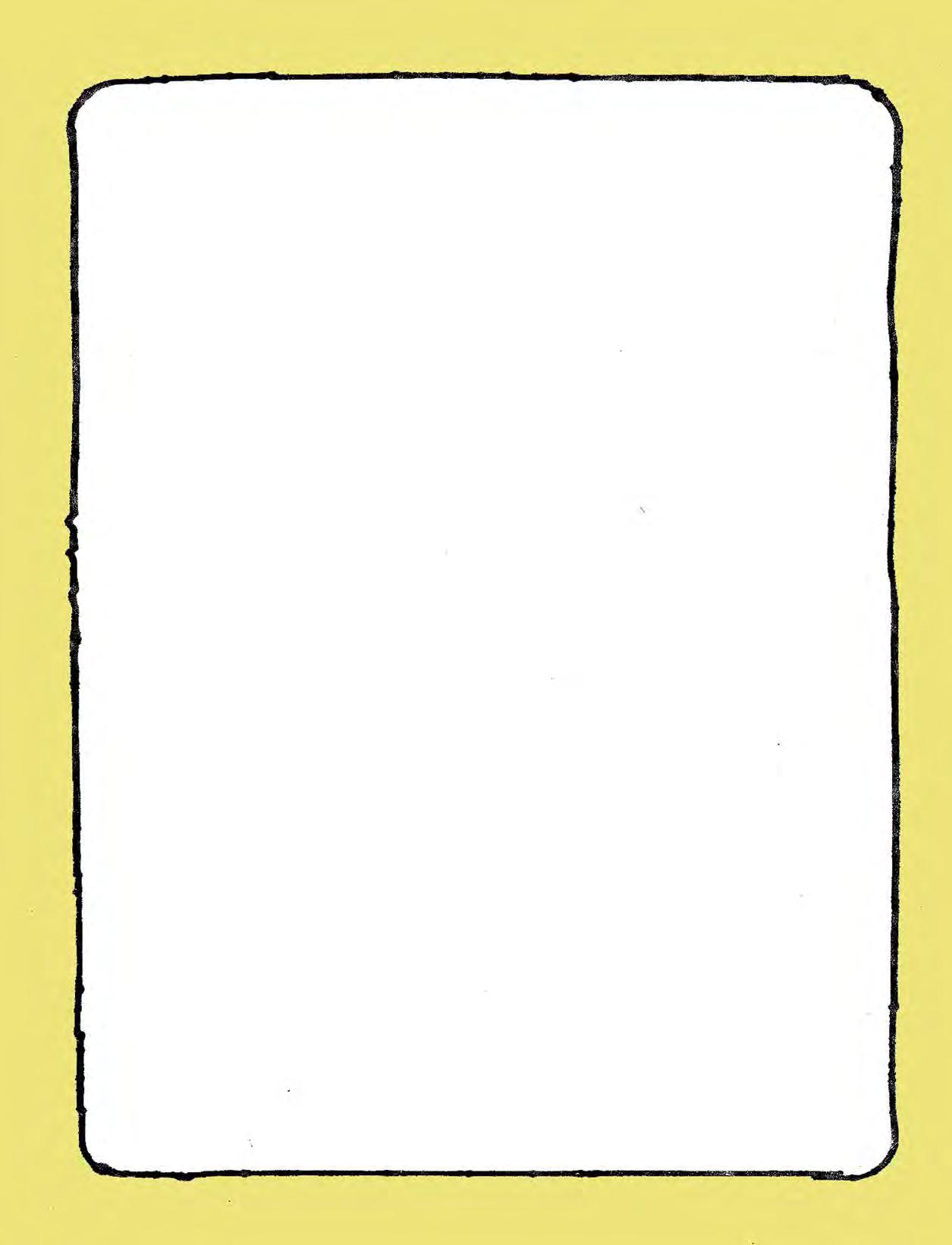








Hey children! There is a secret message below for you to solve. Each letter in the secret message has been replaced with a number. The person who solves this puzzle in 5 minutes WINS!!!!!!!! GOOD LUCk!!!!!!!!!






St. James is a constituency.
True or False ?
Diego Martin West is the largest constituency.
True or False?
There are three constituencies in Tobago.
True or False?
The Parliament makes and passes legislation or laws for the good governance of the country to ensure that you are protected by the law.
True or False?
The Speaker interprets the Standing Orders.
True or False?
There are thirty-nine constituencies in Trinidad.


True or False?
Tobago East is the smallest constituency.
True or False?
The Opposition will ask questions of the Government in order to ensure accountability and good governance.
True or False?
Independent Senators do not belong to any particular party.
True or False?







Aye: An old English word used for voting “yes” in Parliament.
bill: A proposed law submitted to Parliament for its approval. It may originate either with the Government, with a private Member or with a private body and may relate either to public or private interests. bills may be first introduced in either the House or the Senate, but bills for taxation must be introduced in the House of Representatives by a Minister.

budget: The Government’s statement of its fiscal, economic and social policies. It is presented once a year.
Cabinet: The executive of the Government, consisting of those MPs and Senators appointed by the President on the advice of the Prime Minister. It is responsible for the administration of the Government and the establishment of its policies.
Caucus: A meeting of supporters or members of a political party or movement.
Chamber: The hall in which the House of Representatives or the Senate meets to conduct its business.
Clerk of the House: The chief procedural and administrative adviser to Parliament. This officer works directly with the Speaker and Members of the House of Representatives and is the Administrative Head of the office of the Parliament.
Clerk of the Senate: The Deputy to the Clerk of the House, this person is the principal procedural adviser to the President of the Senate and to Senators.
Committee: A body of MPs, or Senators or both, selected to consider such matters, including bills, as the House/s may refer to it or empower it to examine. There are several types of Committees: Sessional, Special and Select Joint Committees as well as Committees of the Whole.
Constitution: The Constitution of the Republic of Trinidad & Tobago is the supreme or highest law of the land. It must be followed by the President, the Prime Minister, Ministers of Government, the Chief Justice, the judicial arm of the State, all State and public officials and all the citizens of Trinidad and Tobago. It sets out the structure and type of government we must follow and what powers they have. It makes sure that your rights are protected and sets up institutions to ensure that the Government and other State officials do not abuse your rights. All other laws in the country must follow the Constitution, but the Constitution does not replace these laws. Instead, it sets out the standards which they must follow. Think of it as the foundation of a house - all other laws are like the doors, walls, windows and roof. When you build a house, what it looks like will depend on what the foundations are. So too, all the other laws in the country depend on what the Constitution says.
Constituency: A defined geographical area of which the electorate is represented by a seat (in a single-member constituency) in the House. The boundaries of a constituency are drawn up by the Elections and boundaries Commission.
Debate: Debates are an opportunity for MPs and Senators to discuss government policy, proposed new laws and current issues. It allows MPs to voice the concerns and interests of their constituents, and Members of the Senate can speak about issues brought to their attention by the public. Debates are designed to assist MPs and Senators to reach an informed decision on a subject. This decision is then often expressed in a vote (called a ‘division’), for or against.
Democracy: Government by the people; a form of government in which the supreme power is given by the people and exercised directly by them or by their elected representative under a free electoral system.

Division: A vote; the dividing of the members into the ayes and nays in order to reach a decision.
Election: The process of choosing a representative by vote. It can take the form of a general election or by-election.
Galleries: Areas in the House set aside for the public, the press and distinguished visitors who wish to attend a sitting.
Government: The political party/group of parties (coalition) with the most representatives in the Parliament usually forms the Government.
Hansard: The name of the printed records of parliamentary debates.
Legislation: The laws enacted by or on the authority of Parliament.
Mace: A large, heavy and richly-ornamented staff which is the symbol of authority of the House. When the Speaker/President of the Senate takes the Chair, the Marshal of the Parliament places the Mace on the Table to signify the House is in session.
Minister: Cabinet minister- A member of the executive, appointed by the President on the advice of the Prime Minister. Chosen from among existing MPs and Senators, Ministers are responsible to Parliament for their official actions and those of their Departments. Cabinet Ministers are given the title “Honourable”.
Motion: A proposal moved by a Member, for the House to do something, or order something done or express an opinion with regard to some matter.
Mover: A Member presenting a motion in the House or in committee.
Parliament: The legislative branch of Government composed of the President, the Senate and the House of Representatives.
Political party: A group of people sharing a particular ideology and set of goals which puts forward candidates for election to Parliament.
Portfolio: The responsibilities of a Cabinet minister, especially the subject matter or government department with which he or she is charged. Portfolios are assigned by the President on the advice of the Prime Minister.
Question: The matter before the House or a committee, about which it is called upon to make a decision. When the House is ready to come to a decision, the Speaker says “The Question is .... All in favour say.......”
Quorum: The number of Members, excluding the Speaker/President, necessary to constitute a meeting of the House for the exercise of its powers.
Representative: A person who represents a constituency or community in a legislative body.
Sitting: A meeting of the House within a session. A sitting may last for only a matter of minutes or may extend for several hours.
Speaker: The Member elected by the House of Representatives to preside over its proceedings. In particular, he or she is responsible for maintaining order and decorum. The Speaker also oversees the administration of the Parliament.
Whip: The Member charged with keeping other Members of the same party informed concerning House business and ensuring their attendance in the House, especially when a vote is anticipated. In Trinidad and Tobago this function is usually added to those of the Leader of the House, in the case of the ruling party. In the House of Representatives, the opposition Chief Whip usually sits at the head of the opposition front bench directly opposite the Leader of the House.
I solemnly pledge To dedicate my life To the service of my God And my country. I will honour My parents, my teachers, My leaders and my elders And those in authority. I will be Clean and honest In all my thoughts My words and my deeds. I will strive In everything I do To work together with my fellowmen of every creed and race For the greater happiness of all And the honour and glory of my country.
Written by Majorie A. padmore. Written by Marjorie A. Padmore